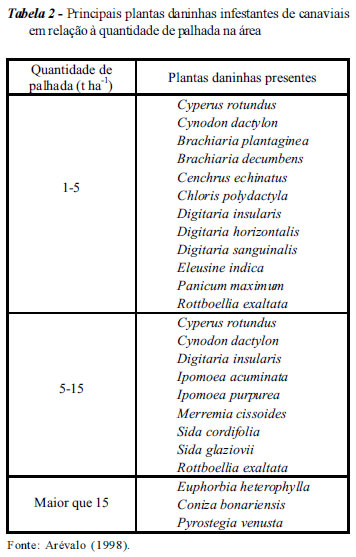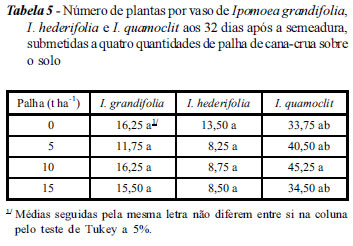In the last years, the sugarcane harvesting process has undergone changes imposed by law, environmental awareness or social pressure, leading to the exclusion of the traditional slash and burn before harvesting and inclusion of crude sugarcane harvest. This process is denominated crude harvesting. The adoption of this new harvesting system promoted alterations in the entire sugarcane tillage system, including wider row spacing and the formation of a mulching layer due to the deposition of sugarcane residues on the soil surface. This new crop management system affects directly the weed dynamics in these areas and soil fertility as well. Weed shifting has been observed, producing weed species with higher germination and emergence capacity under a thicker straw layer, compared to those unable to germinate due to the physical or allellopathic action of the straw. In addition, pre-emergence herbicides are usually less efficient under this system due to their retention in the straw, not reaching the soil in sufficient concentrations to promote weed control. In this literature review, the major results involving weed management in crude sugarcane areas are described to provide information to researchers, extension workers, and farmers on how to improve sugarcane integrated weed management, mainly under this new harvesting process. The results show that reduction of herbicide dependence is feasible, leading to improved soil quality in these fields.
Sacharum spp; sustainability; straw; mulching






